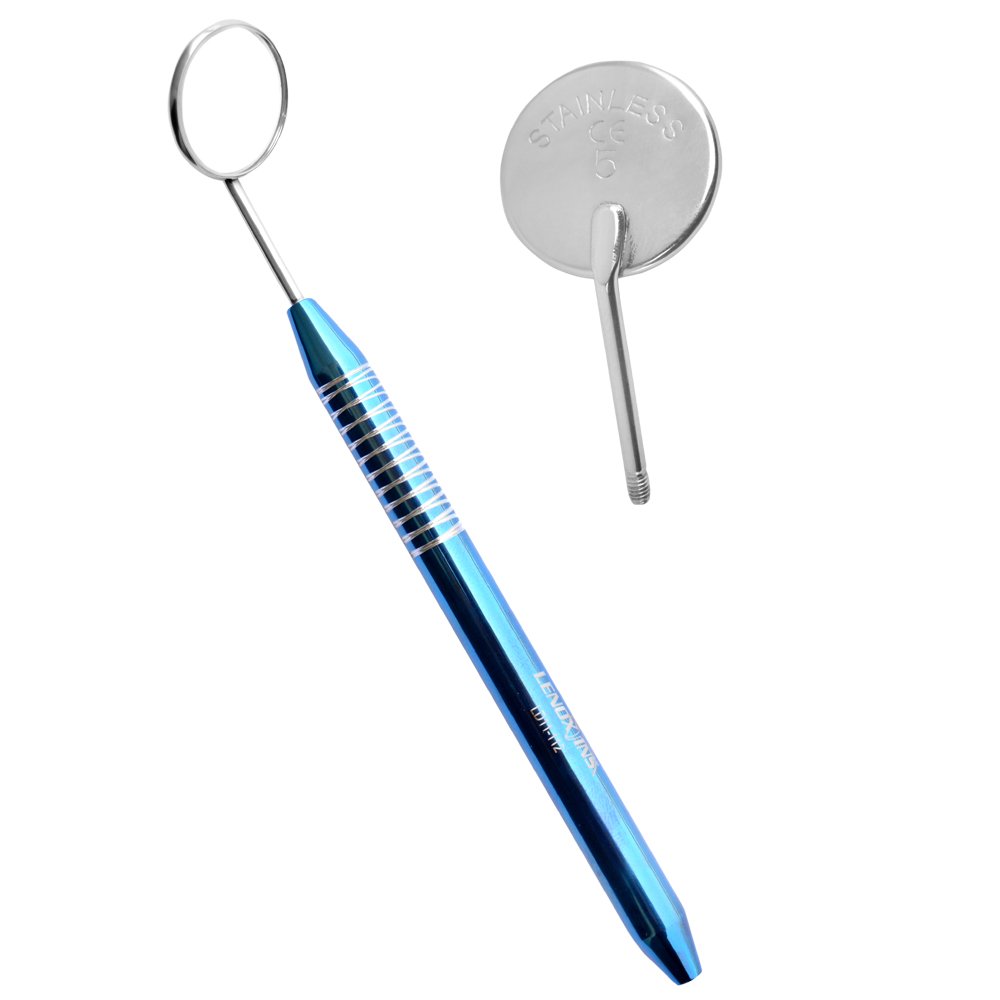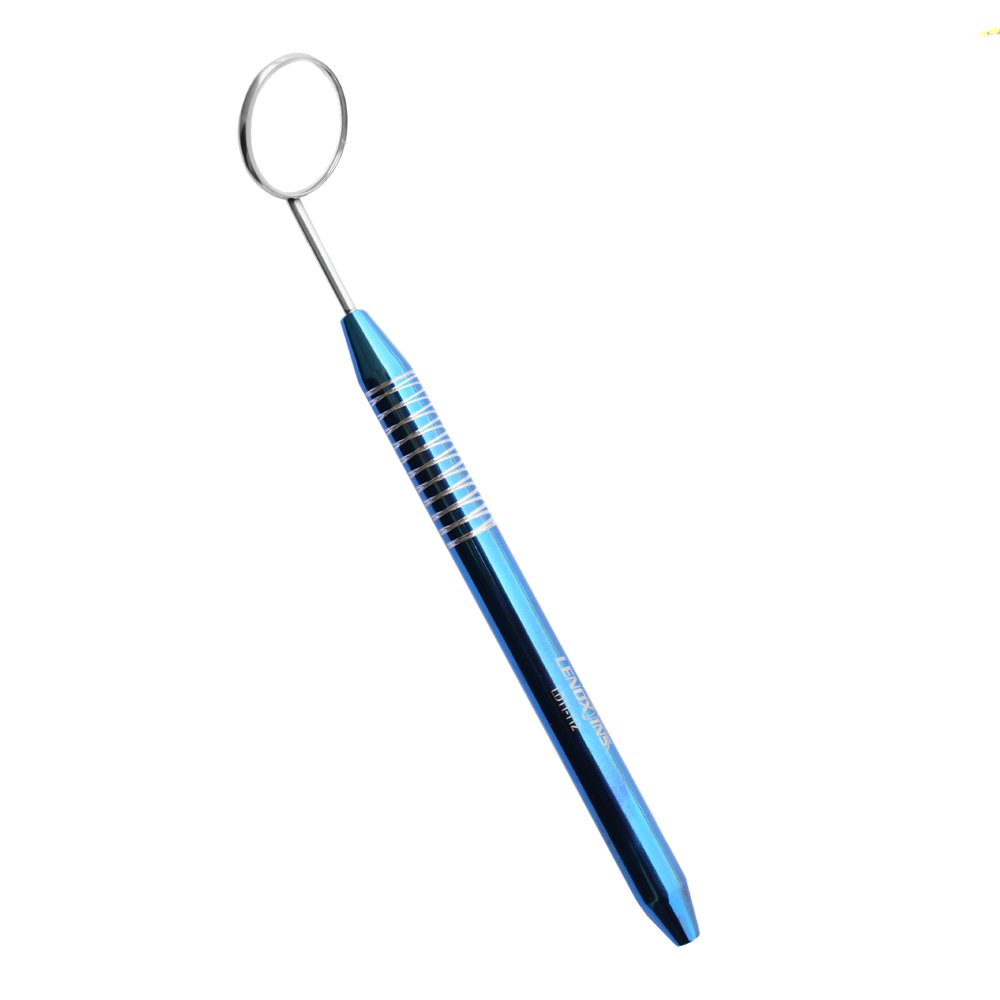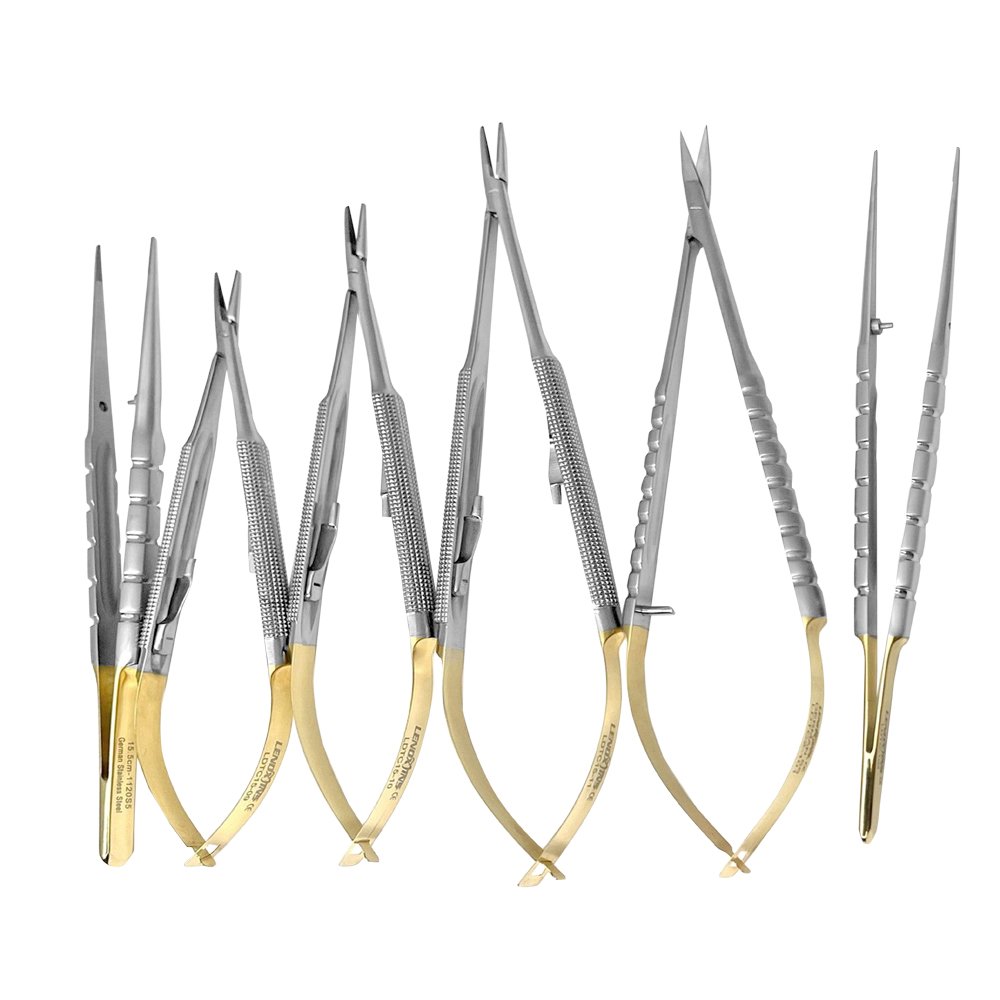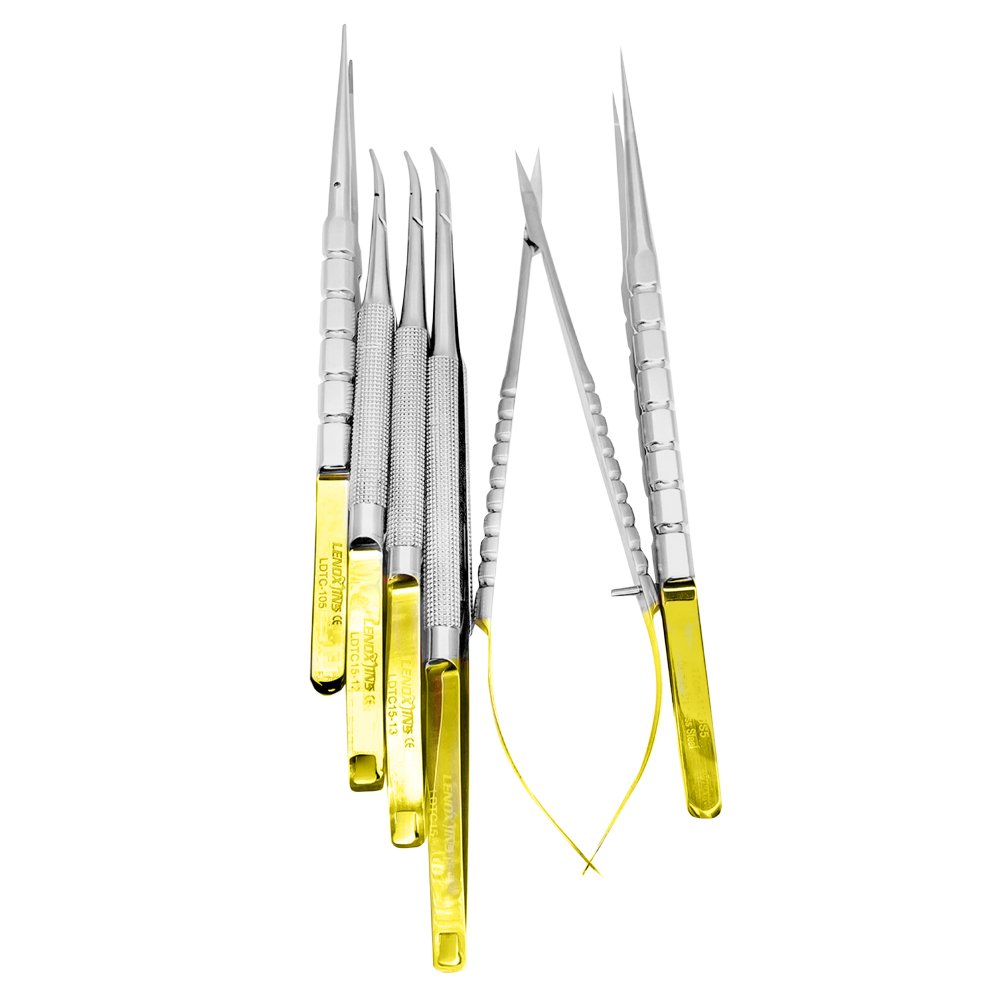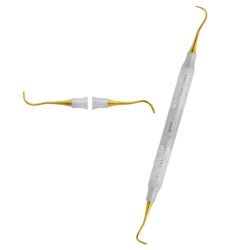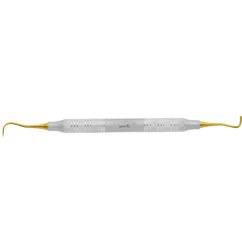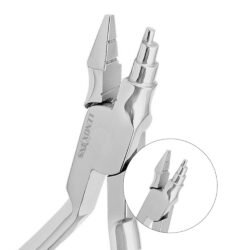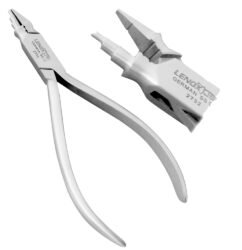Essential Tools for Minimally Invasive Dental Instruments
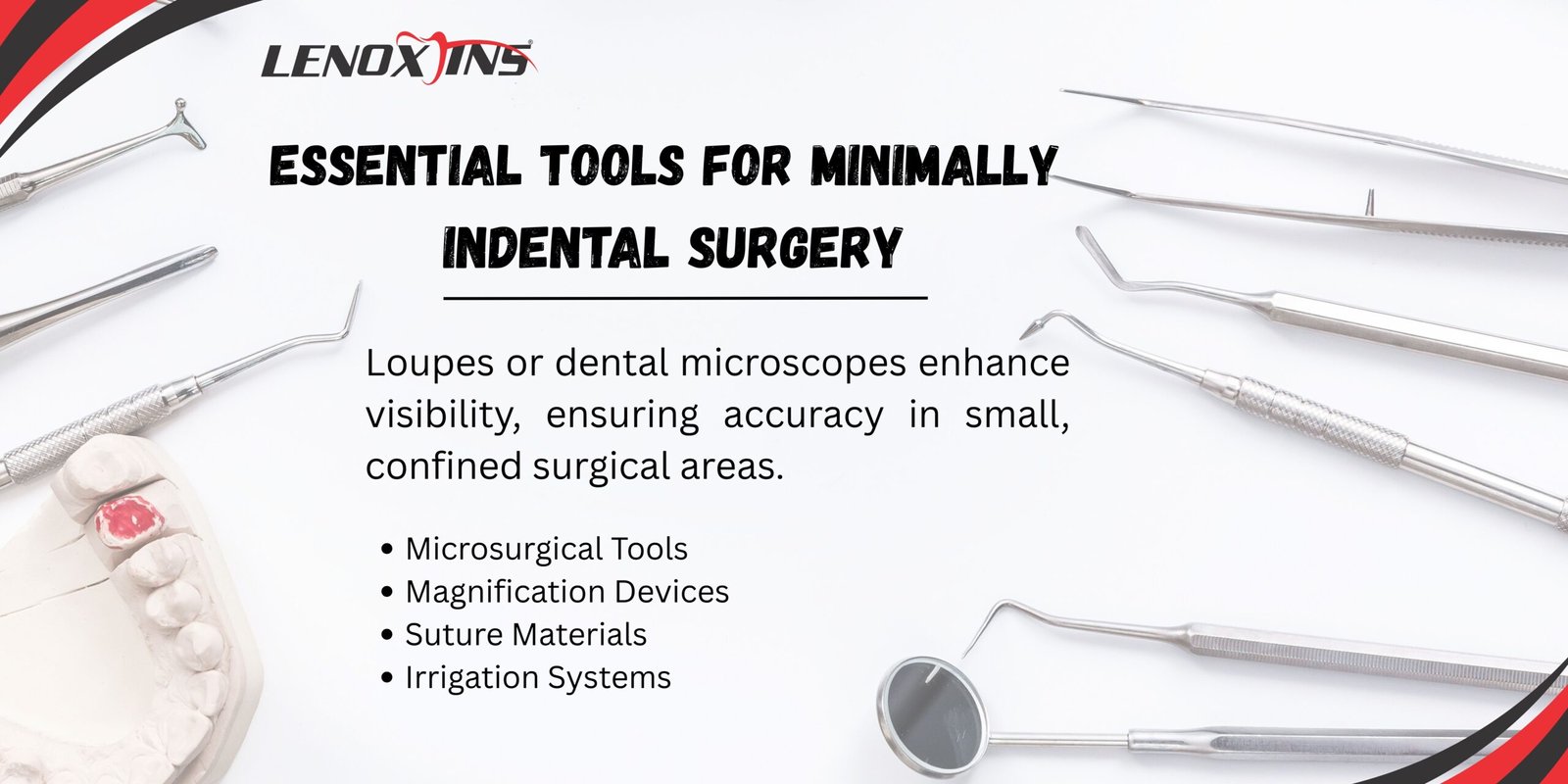
The Future of Your Smile: Essential Tools for Minimally Invasive Dental Surgery
Imagine dental surgery that feels less like a procedure and more like a gentle, precise touch. That’s the promise of minimally invasive dental instruments. They’re not just tools; they’re game-changers, designed to preserve your natural tooth structure, dramatically reduce discomfort, and get you back to your life faster. This isn’t just a guide; it’s your window into how these critical instruments—from the delicate periotomes to the advanced piezoelectric units—work together to create truly optimized outcomes for *you*. Here’s what you’ll discover:
- The ingenious instruments that make atraumatic extractions, precise bone sculpting, and gentle soft-tissue care a reality.
- How these specific devices translate directly into tangible patient benefits: less pain, faster healing, and a more comfortable experience.
- A deep dive into the varieties and applications of periotomes, lasers, and ultrasonic tools, revealing their unique powers.
- The best practices for maintaining and sterilizing these precision instruments, ensuring your safety and their longevity, all aligned with ADA/CDC guidelines.
- A glimpse into the exciting future: how emerging technologies like AI, 3D printing, and regenerative approaches are shaping the next generation of minimally invasive dentistry.
- Clear comparisons against traditional methods, empowering you to understand why these advanced instruments are the superior choice.
- The seamless protocols that integrate these cutting-edge tools into modern surgical workflows, ensuring consistent excellence.
Unlocking Precision: The Key Instruments Revolutionizing Minimally Invasive Dental Surgery
Minimally invasive dental surgery isn’t just a buzzword; it’s a philosophy built on specialized instruments that combine breathtaking precision with a profound respect for your natural tissues. Whether it’s gently severing ligaments, precisely ablating tissue, or ultrasonically scaling plaque, these devices are engineered to minimize trauma and meticulously preserve your healthy structures. It’s about doing more with less, for your ultimate comfort.
The Gentle Touch: Which Dental Instruments Enable Atraumatic Tooth Extractions?
When an extraction is necessary, the goal is to be as gentle as possible. That’s where periotomes and luxators shine. These instruments are designed to delicately sever the periodontal ligaments with ultra-thin blades or apply controlled, precise leverage. This ingenious mechanism dramatically reduces bone microfractures and, crucially, preserves the socket, making it ideal for future implant placement. It’s about thinking ahead for your long-term oral health.
Healing with Light: How Do Dental Lasers Enhance Minimally Invasive Procedures?
Imagine surgery with less bleeding, less pain, and faster healing. Dental lasers make this a reality by emitting focused light energy to precisely vaporize or ablate soft and hard tissues. Beyond their cutting ability, they expertly coagulate blood vessels, significantly reduce bacterial load, and actively promote biostimulation. The result? A remarkably comfortable experience, minimal post-operative discomfort, and mucosal recovery that can be 30-50% faster than traditional methods.
Sculpting Bone with Sound: What Role Do Piezoelectric Devices Play in Bone Cutting?
Precision is paramount, especially when working with bone. Piezoelectric devices are marvels of engineering, using ultrasonic vibrations (at 25–30 kHz) to selectively cut mineralized bone while leaving delicate soft tissues completely unharmed. This unparalleled precision means improved surgical accuracy, vital protection for nerves and membranes, and significantly reduced postoperative swelling. It’s a safer, smarter way to sculpt bone.
The Power of Clean: How Are Ultrasonic Scalers Used for Periodontal Health?
For a truly deep clean that’s also gentle, ultrasonic scalers are indispensable. They generate high-frequency oscillations that effortlessly fragment calculus and biofilm without the need for excessive pressure. As they work, they continuously flush debris with irrigation, efficiently debride pockets, and actively support periodontal tissue regeneration—all with minimal discomfort. It’s a refreshing approach to maintaining your gum health.
Seeing the Unseen: What Visualization Tools Improve Surgical Precision?
In minimally invasive dentistry, every millimeter counts. Surgical microscopes and dental loupes are your dentist’s eyes, magnifying the operative field to an incredible degree. This enhanced depth perception allows for micro-instrument manipulation with unparalleled accuracy. The benefit to you? Decreased procedural errors, more precise outcomes, and the confidence that your dentist is working with the utmost care and clarity.
Your Comfort, Your Recovery: How Specific Instruments Improve Patient Outcomes in Minimally Invasive Dentistry
At the heart of minimally invasive dentistry are precision tools that translate directly into tangible benefits for you: less pain, shorter procedures, and remarkably accelerated recovery. Every single device, through its unique mechanism, directly influences these clinical advantages, making your dental experience better than ever before.
Preserving Your Foundation: What Are the Benefits of Using Periotomes for Tooth Preservation?
Periotomes are designed with a singular purpose: to gently sever periodontal ligaments with a fine blade, meticulously preserving the integrity of your alveolar bone. This isn’t just a technical detail; it’s crucial for your future. For instance, immediate implant placement after an atraumatic extraction often succeeds precisely because of the minimal trauma to the socket. It’s about protecting your natural foundation for lasting health.
This guideline underscores the critical importance of atraumatic techniques in preserving alveolar bone integrity, a cornerstone of modern, patient-centric dentistry.
The Gentle Lift: How Do Minimally Invasive Elevators and Luxators Reduce Trauma?
These instruments are engineered for finesse. They apply controlled rotational forces or gentle wedging actions to dislodge teeth without exerting damaging lateral stress. What does this mean for you? Significantly less postoperative swelling and remarkably faster soft-tissue healing. It’s about a smoother, more comfortable recovery, getting you back to your routine sooner.
Drill-Free Dentistry: In What Ways Do Air Abrasion Systems Preserve Healthy Tooth Structure?
Imagine having decay removed without the whirring sound of a drill, and often, without the need for anesthesia. Air abrasion makes this possible by propelling tiny aluminum oxide particles under compressed air to precisely remove decay. This non-drill approach is revolutionary, maintaining your enamel strength and preventing micro-cracks. It’s a truly conservative and comfortable way to address cavities.
Rapid Healing, Less Pain: How Do Dental Lasers Reduce Pain and Promote Faster Healing?
Dental lasers are not just precise; they’re profoundly healing. By expertly coagulating capillaries and sealing nerve endings, they significantly reduce inflammatory mediators and dramatically lessen postoperative discomfort. Clinical cases consistently report 30–50% faster mucosal recovery compared to traditional scalpel incisions. It’s about a quicker, more comfortable path to wellness.
The Art of Protection: What Are the Advantages of Piezoelectric Surgery for Soft Tissue Sparing?
Advantages of Piezoelectric Surgery
Piezoelectric devices are a testament to intelligent design. They harness ultrasonic vibrations to selectively cut mineralized bone while leaving delicate soft tissues completely untouched. This unparalleled precision minimizes the risk of nerve or vessel damage, leading to shorter recovery times and significantly reduced postoperative swelling. It’s a testament to how advanced technology can prioritize your safety and comfort.
This research reinforces the profound benefits of piezoelectric surgery, particularly its precision and remarkable ability to preserve soft tissues, leading to superior patient outcomes.
The Arsenal of Innovation: What Are the Types and Clinical Applications of Minimally Invasive Dental Instruments?
Understanding the diverse world of minimally invasive dental (MID) instruments clarifies their specific indications and helps your dental team select the perfect tool for your unique needs. It’s about having the right instrument for the right job, ensuring optimal results.
Below is a comparison of key device categories, their unique features, and their primary clinical applications, showcasing the thoughtful design behind each one.
| Instrument Category | Feature | Clinical Application |
|---|---|---|
| Periotome | Thin, wedge‐shaped blade for delicate separation | Atraumatic extractions, preparing implant sites with care |
| Dental Laser | Variable wavelength (Er:YAG, diode) for targeted action | Soft tissue sculpting, precise hard tissue ablation |
| Piezoelectric Unit | Ultrasonic bone cutting tips for selective removal | Gentle osteotomies, precise sinus lifts, careful ridge expansions |
| Air Abrasion System | Particle size control for conservative treatment | Conservative cavity preparation, gentle stain removal |
| Ultrasonic Scaler | High‐frequency oscillations for efficient cleaning | Thorough periodontal debridement, gentle root planing |
| Handpiece (Conservative) | Low‐torque, small burs for minimal intervention | Precise, minimal access restorations |
Each category leverages distinct mechanisms—be it the gentle insertion of a blade, the focused energy of light, or the precise vibration of sound—to achieve specific tissue effects. This thoughtful design optimizes both the clinician’s control and, most importantly, your comfort.
Beyond the Procedure: How Are Minimally Invasive Dental Instruments Maintained and Sterilized for Longevity and Your Safety?
The journey of a precision instrument doesn’t end after your procedure. Proper care is paramount; it extends the instrument’s life, maintains its cutting efficiency, and, most critically, ensures impeccable infection control for every patient. Your safety is our top priority, and meticulous maintenance is a cornerstone of that commitment.
Below is a detailed look at the sterilization steps and care considerations that ensure these advanced tools are always ready to deliver reliable, minimally invasive procedures.
| Instrument Type | Sterilization Procedure | Maintenance Action |
|---|---|---|
| Periotome & Elevator | Autoclave at 121 °C for 20 min for thorough sterilization | Regularly inspect blade integrity; carefully oil hinges for smooth function |
| Ultrasonic Scaler Tip | Ultrasonic cleaner followed by Autoclave for complete disinfection | Replace tips according to manufacturer’s recommended intervals for optimal performance |
| Piezoelectric Handpiece | Wipe with alcohol, then Autoclave for sterile readiness | Service O‐rings regularly; meticulously check power cable for integrity |
| Laser Handpiece | Disassemble and Autoclave (if permitted by manufacturer) | Calibrate output precisely; replace fiber optics as needed for consistent results |
| Air Abrasion Nozzle | Flush with specialized cleaning solution for clear pathways | Inspect nozzle orifice for blockages; ensure it’s completely dry before storage |
Adhering to the stringent ADA and CDC guidelines for high-level disinfection isn’t just about compliance; it’s about preserving the functionality of these sophisticated instruments and, above all, safeguarding your health. This meticulous approach lays the essential groundwork for consistently reliable and superior minimally invasive procedures.
The Horizon of Care: What Innovations and Future Trends Are Shaping Minimally Invasive Dental Surgery?
The world of dentistry is constantly evolving, driven by incredible innovations that promise even more precise, personalized, and comfortable experiences for you. The future of minimally invasive dental surgery is bright, shaped by groundbreaking technologies that are redefining what’s possible.
Smarter Smiles: How Is AI Transforming Precision and Personalization in Dental Surgery?
Imagine a surgical plan tailored precisely to your unique anatomy, guided by unparalleled intelligence. AI algorithms are making this a reality, analyzing 3D imaging to guide implant placement with pinpoint accuracy, predict bone density, and even customize cutting paths. This intelligent layer dramatically reduces human error and ensures interventions are perfectly tailored to your individual needs, leading to truly personalized care.
Crafted for You: What Role Does 3D Printing Play in Customizing MID Instruments?
The power of customization is here. Additive manufacturing, or 3D printing, enables the on-demand fabrication of patient-specific surgical guides, incredibly precise micro-instruments, and even scaffold templates. These custom guides dramatically improve accuracy in drill trajectories for implant osteotomies, ensuring that every step of your procedure is perfectly aligned with your unique anatomy. It’s dentistry designed just for you.
Natural Healing: How Are Regenerative Dentistry and Advanced Remineralization Influencing MID?
What if your body could heal itself, guided by advanced science? Biomimetic materials and peptide-based pastes are leading the way, encouraging in-situ enamel repair and even reversing early caries without the need for drilling. Beyond that, growth factor-loaded scaffolds are actively supporting soft-tissue regeneration post-surgery, promoting natural healing and reducing the need for more invasive interventions. It’s about working with your body, not against it.
Pushing Boundaries: What Are the Latest Advances in Laser and Piezoelectric Technologies?
The tools themselves are getting smarter and more versatile. New laser platforms now integrate real-time fluorescence detection for incredibly precise caries mapping, allowing for earlier and more conservative treatment. Meanwhile, next-generation piezo units offer adjustable frequency settings, enabling combined hard and soft tissue cutting with unprecedented control. These advancements expand procedural versatility, offering even more tailored and comfortable treatment options.
Your Comfort, Elevated: How Is Patient Experience Enhanced by Emerging Minimally Invasive Tools?
Beyond the clinical outcomes, the patient experience is paramount. Emerging technologies are directly addressing your comfort and anxiety. Wearable sensors can now monitor surgical stress and pain markers in real-time, allowing for adaptive anesthesia and personalized pain management. And imagine virtual reality distraction techniques, seamlessly integrated with micro-instruments, further reducing procedural anxiety and discomfort. It’s about making your dental visit a truly positive and stress-free experience.
A Clear Choice: How Do Minimally Invasive Dental Instruments Compare to Traditional Tools?
When it comes to your oral health, understanding the advantages of modern approaches is key. A comparative analysis clearly highlights the superior clinical benefits of newer minimally invasive dental (MID) tools over conventional methods. It’s not just about new versus old; it’s about better, safer, and more comfortable outcomes for you.
Before we dive into the specifics, remember this core difference: minimally invasive devices are meticulously designed for selective action and tissue preservation, while traditional instruments often rely on blunt force or bulk removal. This fundamental distinction underpins all the advantages you’ll see below.
| Compared Instruments | Traditional Approach | Minimally Invasive Alternative | Key Advantage |
|---|---|---|---|
| Periotome vs. Dental Elevator | Lever‐based tooth luxation, often causing bone microdamage | Thin‐blade ligament severance with minimal bone stress, a gentle approach | Significantly reduced socket trauma, leading to faster, more comfortable healing |
| Air Abrasion vs. High‐Speed Drill | Rotational cutting, frequently requiring anesthesia and causing anxiety | Gentle particle impact for decay removal, often drill-free and anesthesia-free | Less discomfort, remarkable enamel preservation, a calmer experience |
| Piezoelectric vs. Rotary Bone Cutter | Rotary burs, carrying a risk of soft tissue injury | Ultrasonic bone cutting that meticulously spares soft tissues | Unparalleled higher precision, superior soft‐tissue safety, peace of mind |
| Dental Laser vs. Scalpel/Suction | Scalpel incisions and electrocautery, often with more bleeding | Laser ablation with simultaneous hemostasis, a cleaner, faster process | Dramatically reduced bleeding, lower infection risk, enhanced healing |
| Ultrasonic Scaler vs. Hand Curette | Manual scaling requiring force, potentially less comfortable | Ultrasonic oscillation with irrigation, a gentle yet powerful clean | Highly efficient debridement, gentler on the root surface, more comfortable |
These compelling comparisons unequivocally demonstrate that MID instruments consistently enhance surgical precision, minimize collateral damage to healthy tissues, and ultimately contribute to a vastly superior patient experience. It’s about choosing the best for your health and comfort.
Mastering the Art: What Are the Essential Protocols for Integrating Minimally Invasive Tools into Dental Surgery?
The true power of minimally invasive tools lies not just in their design, but in their expert application. Integrating these advanced instruments into dental surgery requires precise protocols and a deep understanding of their capabilities. It’s about mastering the art of gentle, effective intervention to ensure the best possible outcomes for you.
The Atraumatic Extraction Blueprint: How Are Periotomes Incorporated into Atraumatic Extraction Protocols?
The journey to a truly atraumatic extraction begins with precision. The protocol involves starting with periotome insertion at the cervical root surface to meticulously sever ligaments sequentially. This is then followed by a luxator to gently expand the socket before the final, careful tooth removal. This stepwise approach is critical; it meticulously preserves the alveolar bone, laying the perfect foundation for future implant placement and ensuring your long-term oral health.
Clarity and Control: What Is the Role of Surgical Microscopes and Loupes in MID Procedures?
In minimally invasive dentistry, seeing is believing—and performing with excellence. High-magnification optics, like surgical microscopes and loupes, empower clinicians to identify even the tiniest microstructures and precisely guide instruments with unparalleled accuracy. The protocol involves positioning microscopes for optimal ergonomic access and alternating between loupe and microscope views to maintain orientation during intricate work. This ensures every movement is deliberate, precise, and contributes to your best outcome.
The Clean Field: How Should Irrigation and Suction Systems Be Used During Minimally Invasive Surgery?
Maintaining a clear, clean operative field is essential for precision and safety. The protocol dictates using low-flow irrigation to gently cool instruments and flush away debris, paired with micro-suction tips designed to remove fluids without collapsing delicate soft tissues. This coordinated irrigation–aspiration technique is vital; it prevents smear layer formation and consistently maintains a clear, unobstructed view, allowing for meticulous work.
Seamless Integration: How Do Endodontic and Restorative MID Tools Fit into Treatment Plans?
Minimally invasive principles extend across all aspects of dentistry. In endodontics, the protocol involves using rotary nickel-titanium files with variable taper, specifically designed to preserve dentin walls and maintain tooth strength. For restorations, conservative handpieces with micro-burs allow access to decay through minimal occlusal openings, preserving more healthy tooth structure. Planning combined protocols ensures that structural integrity is maintained throughout your treatment, leading to stronger, healthier teeth.
Excellence Through Education: What Training and Best Practices Ensure Effective Use of MID Instruments?
Proficiency with these advanced instruments comes from dedicated training and continuous refinement. The best practices include hands-on workshops that cover critical details like blade angles, precise laser settings, and optimal piezo tip selection, all designed to build expert proficiency. Incorporating digital simulations and peer reviews further standardizes techniques and consistently optimizes patient outcomes. It’s about a commitment to continuous learning, ensuring you receive the highest standard of care.
Frequently Asked Questions (FAQs)
What makes minimally invasive dental instruments different from traditional ones?
Minimally invasive instruments are designed for precision and tissue preservation, using fine blades, focused energy (like lasers), or ultrasonic vibrations to selectively target tissues. Traditional instruments often rely on more forceful or bulk removal methods, which can lead to greater trauma and longer recovery times.
How do lasers improve patient comfort during dental surgery?
Dental lasers can precisely cut and vaporize tissue while simultaneously coagulating blood vessels, reducing bleeding and pain. They also have antibacterial properties and can promote faster healing, leading to a more comfortable post-operative experience.
Are piezoelectric devices safe for surrounding soft tissues?
Yes, piezoelectric devices are engineered to selectively cut hard (mineralized) bone using ultrasonic vibrations while leaving delicate soft tissues, nerves, and blood vessels unharmed. This significantly enhances surgical safety and reduces the risk of complications.
What is the role of AI in the future of minimally invasive dentistry?
AI is set to revolutionize dental surgery by analyzing 3D imaging for highly accurate treatment planning, guiding implant placement, predicting bone density, and customizing surgical paths. This leads to more precise, personalized, and error-reduced procedures.
Why is proper maintenance and sterilization of these instruments so important?
Meticulous maintenance and sterilization are crucial for ensuring patient safety by preventing infections, maintaining the instruments’ precision and effectiveness, and extending their lifespan. Adhering to ADA/CDC guidelines is paramount for both efficacy and safety.
Conclusion
Minimally invasive dental surgery instruments are more than just tools; they represent a profound shift towards selective, tissue-sparing action—whether delivered by a delicate blade, a focused laser, or precise ultrasonic vibration. Their purpose is clear: to optimize clinical precision and, most importantly, enhance your comfort and recovery. As digital, biological, and manufacturing innovations continue to emerge, these instruments will become even more personalized and effective, tailoring care precisely to your needs. By adhering to meticulous maintenance, sterilization, and integration protocols, we ensure these tools consistently deliver superior outcomes. Embracing these cutting-edge MID technologies today positions practices to lead the way in the future of truly patient-centric oral care, ensuring your smile receives the gentle, advanced attention it deserves.

